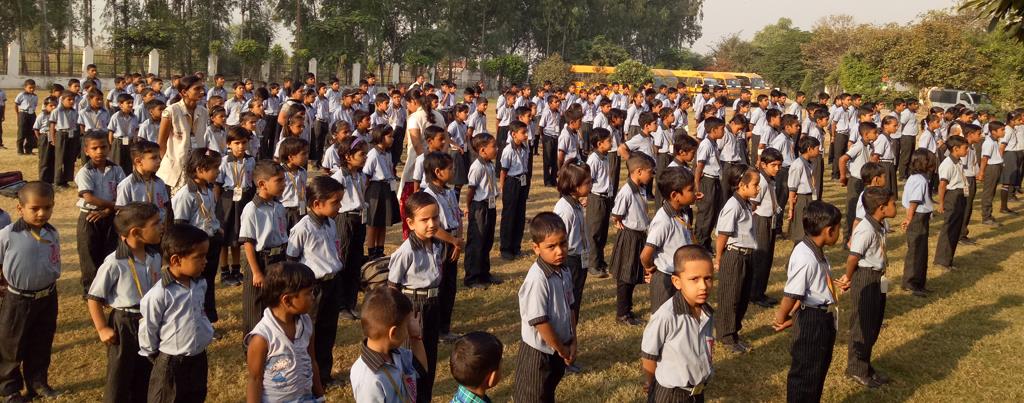Smart Class
 Over the last few decades, everything has changed in our lives with the all pervasive intervention of technology. However classrooms have remained untouched by technology. The classrooms that our grandparents went to are exactly the kind of classrooms our children study in. Chalk and blackboard, a packed classroom, text books, regimented curriculum, a teacher painstakingly explaining abstract concepts with the limited tools at her disposal.
Over the last few decades, everything has changed in our lives with the all pervasive intervention of technology. However classrooms have remained untouched by technology. The classrooms that our grandparents went to are exactly the kind of classrooms our children study in. Chalk and blackboard, a packed classroom, text books, regimented curriculum, a teacher painstakingly explaining abstract concepts with the limited tools at her disposal.
Imagine a Science teacher explaining how a DNA replicates, a History teacher teaching a class about the Harappan Civilization, or a Geography teacher teaching how Block mountains are formed. The best of teachers take pains to explain the concepts largely depending on their own abilities. The students listen to the teachers, try to decipher the figures drawn on the blackboard and read from their text books, take notes and try hard to visualize how it happens and remember. At the end of the class, the teacher asks a few random questions to assess how the class fared. Invariably a few hands (mostly of the same set of brightest students in class), go up, the answers are given and the class ends.
Smart-class brings about a complete transformation in classrooms. The Science teacher while explaining how a DNA replicates is able to show the class a 3D animation of the DNA replication process on a large screen. She can explain the fine points of the process, zoom in to show the relevant visuals, freeze and annotate when and where she needs to emphasize. Similarly the History teacher shows the class a virtual walk through of the Harappan Civilization. Uncovering the relevant parts step by step as a part of her lesson plan , while the Geography teacher shows a virtual Block mountain being formed…all with engaging animations, colors, music, sounds and voice. The teachers gain complete attention and interest of every child in the class. Every child gets a visual input on how it happens and the concepts are well understood and internalized.
Towards the end of the class, every teacher displays a set of questions on a large screen, every child in class gets ready to answer the questions with their personal answering device – SAS. Students click the answers, instantly, teachers are able to get a score sheet for every child in class. She ends the class re –teaching the parts of the lesson that were not understood well by class.
This results in faster and accurate understanding of the concepts in class and helps improve the overall academic performance of students. Teachers are able to keep students engaged in the learning process and also get an instant and accurate assessment of learning outcomes achieved at the end of the class.